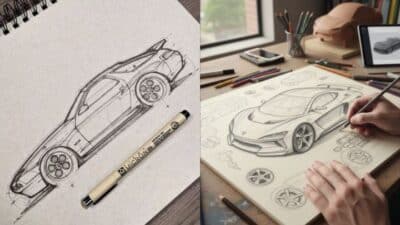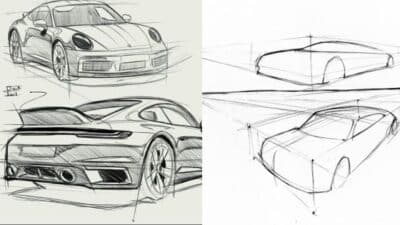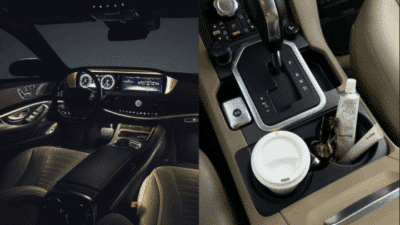Ever wondered what makes a sports car so utterly captivating? It’s more than just a powerful engine or blistering speed. It’s a symphony of lines, curves, and angles, meticulously crafted to evoke emotion, thrill, and an undeniable sense of performance. Sports car design isn’t just about making something look cool; it’s a deep dive into aerodynamics, ergonomics, and brand identity, blending artistic vision with cutting-edge engineering. It’s about translating the feeling of speed and agility into a tangible, beautiful machine that gets your pulse racing just by looking at it.
Think about it: from the sleek, low-slung profiles to the aggressive air intakes and the purposeful stance, every element serves a purpose. Designers spend countless hours finessing these details, knowing that each one contributes to the car’s character and performance. They’re not just drawing pretty pictures; they’re crafting an experience, a statement, and often, a legend. So, buckle up, because we’re about to take a deep dive into the awesome world of sports car design and uncover the secrets behind these automotive masterpieces.
The DNA of Speed: What Makes a Sports Car?



Before we get too deep into the nitty-gritty of design, let’s nail down what truly defines a sports car. It’s not just a fast car; it’s a car built with a specific philosophy in mind: driving pleasure. This means a focus on dynamics, responsiveness, and a direct connection between driver and machine.
Beyond Just Horsepower: Defining Characteristics
While horsepower definitely plays a role, it’s far from the only factor. A true sports car prioritizes a few key characteristics:
- Agility and Handling: This is paramount. A sports car must turn, stop, and accelerate with incredible precision and responsiveness. It should feel like an extension of the driver.
- Lightweight Construction: Less weight means better acceleration, better braking, and better handling. Designers often employ exotic materials like carbon fiber, aluminum, and even titanium to shave off every possible ounce.
- Low Center of Gravity: A lower center of gravity reduces body roll in corners, making the car feel more planted and stable. This often translates to a low-slung, wide stance visually.
- Driver-Focused Interior: The cockpit isn’t just a place to sit; it’s a command center. Everything is angled towards the driver, controls are intuitively placed, and seating is designed for support during spirited driving.
- Engaging Driving Experience: This is the intangible element. It’s the roar of the engine, the feedback through the steering wheel, the sensation of being intimately connected to the road. Designers aim to enhance this sensory experience.
The Art of Aerodynamics: Cheating the Wind
One of the most critical aspects of sports car design, and one that directly influences its visual identity, is aerodynamics. This isn’t just about making a car look slippery; it’s about managing airflow to achieve high speeds, improve stability, and even aid cooling.
- Reducing Drag: Every curve, every vent, every angle is scrutinized to minimize air resistance. A low drag coefficient means the car can cut through the air more efficiently, reaching higher top speeds with less power. Think of the teardrop shape, often seen in nature’s fastest creatures, applied to a vehicle.
- Generating Downforce: At high speeds, cars can actually generate lift, much like an airplane wing. This is bad for stability. Sports car designers use elements like spoilers, diffusers, and active aero systems to push the car down onto the road, increasing grip and confidence through corners.
- Managing Airflow for Cooling: High-performance engines, brakes, and transmissions generate immense heat. Air intakes and vents aren’t just for show; they’re strategically placed to channel cool air to critical components and vent hot air away, ensuring optimal performance and longevity. This often leads to visually striking functional elements like gaping grilles and side scoops.
A Symphony of Form and Function: Core Design Principles
Great sports car design is a masterful balance. It needs to look incredible, but every aesthetic choice must also contribute to its performance and driver experience. It’s a true marriage of art and engineering.
Proportions and Stance: The Visual Language
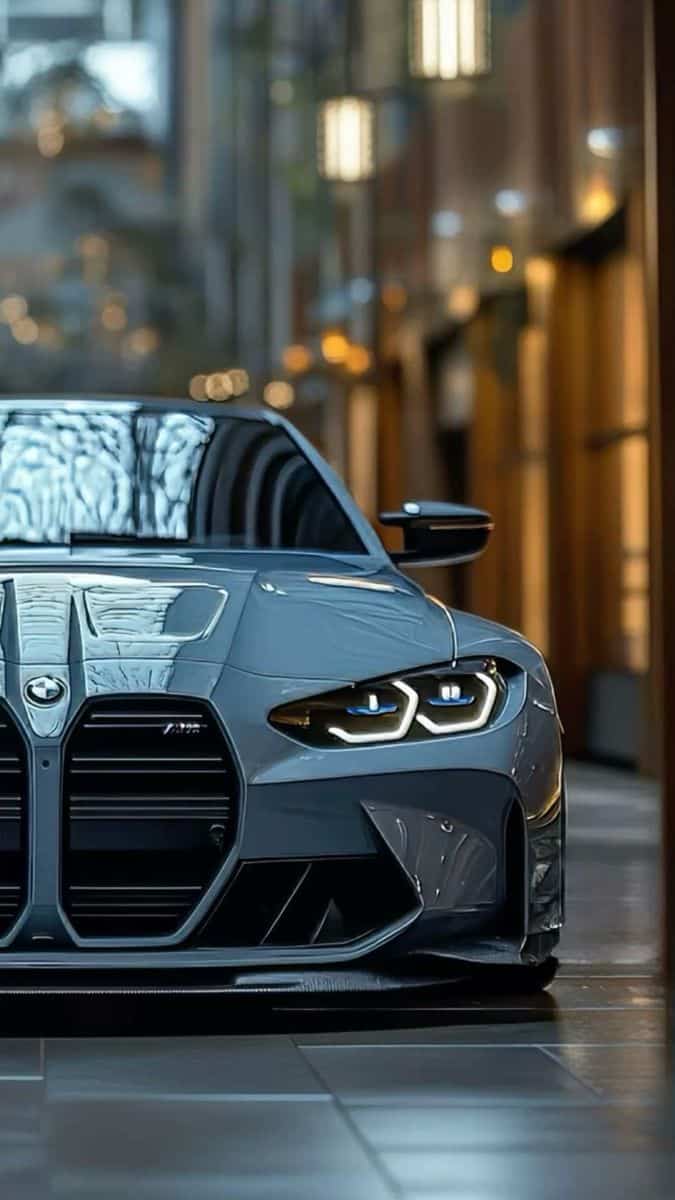


The fundamental proportions of a sports car speak volumes even before you hear the engine.
- Long Hood, Short Rear Deck: This classic proportion, often seen in front-engined sports cars, visually suggests power residing at the front, ready to propel the car forward. Think of iconic muscle cars or grand tourers.
- Mid-Engine Layout: Cars with the engine placed behind the driver but in front of the rear axle often have a more balanced, cab-forward look, hinting at their superior weight distribution and handling. This creates a very aggressive, purposeful silhouette.
- Low and Wide: A sports car always looks like it’s hugging the tarmac. A low roofline combined with a wide track (the distance between the wheels) conveys stability, grip, and an unwavering presence. This wide stance also typically accommodates wider tires, essential for traction.
- Minimal Overhangs: Short distances from the wheels to the ends of the car (overhangs) contribute to better handling dynamics and a more compact, athletic appearance.
Lightweighting: Every Ounce Counts
Weight is the enemy of performance. Sports car designers are obsessed with shedding grams wherever possible, and this choice of materials directly impacts the car’s visual and tactile experience.
- Carbon Fiber: This material is the holy grail. It’s incredibly strong and rigid, yet astonishingly light. Its distinctive weave often becomes a visible design element, celebrated for its high-tech aesthetic.
- Aluminum: Widely used for chassis and body panels, aluminum offers a great balance of strength and lightness compared to traditional steel.
- Exotic Alloys: Magnesium, titanium, and other specialized alloys find their way into components like wheels, suspension parts, and exhaust systems, often bringing unique finishes and textures.
- Minimalist Interiors: While luxury sports cars can be opulent, many pure performance machines feature interiors stripped down to essentials, often with visible carbon fiber, lightweight seats, and fewer sound-deadening materials.
Ergonomics: Driver at the Heart
The interior of a sports car is a microcosm of its exterior philosophy. It’s built around the driver.
- Supportive Seating: Sports car seats aren’t just comfortable; they’re designed to hold the driver firmly in place during high-G maneuvers. Bolsters, cut-outs, and specific angles are all engineered for this purpose.
- Intuitive Controls: Important controls like paddle shifters, drive mode selectors, and infotainment systems are placed within easy reach, often on or near the steering wheel, allowing the driver to stay focused on the road.
- Visibility: While sometimes compromised by aggressive styling, designers strive to optimize forward and side visibility, crucial for high-speed driving and track use.
- Sensory Experience: Beyond just physical comfort, designers consider the sensory input – the texture of materials, the feel of the steering wheel, the sound insulation (or lack thereof), and even the scent of leather.
Material Selection: Where Performance Meets Aesthetics
The choice of materials in a sports car isn’t just about weight or strength; it’s a significant part of its visual appeal and perceived value. The exposed weave of carbon fiber, the precise machining of aluminum pedals, the supple feel of Alcantara on a steering wheel – these all contribute to the premium, performance-oriented atmosphere. Designers work with material engineers to ensure that the chosen materials not only perform but also look and feel appropriate for a high-performance machine.
The Evolution of an Icon: A Historical Glimpse
Sports car design hasn’t been static. It’s a constantly evolving narrative, reflecting technological advancements, changing aesthetic tastes, and shifts in cultural values.
Early Pioneers: Raw Power, Simple Lines

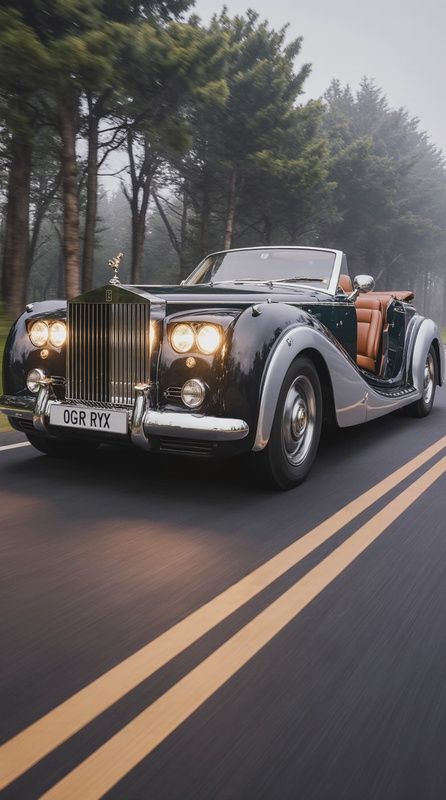
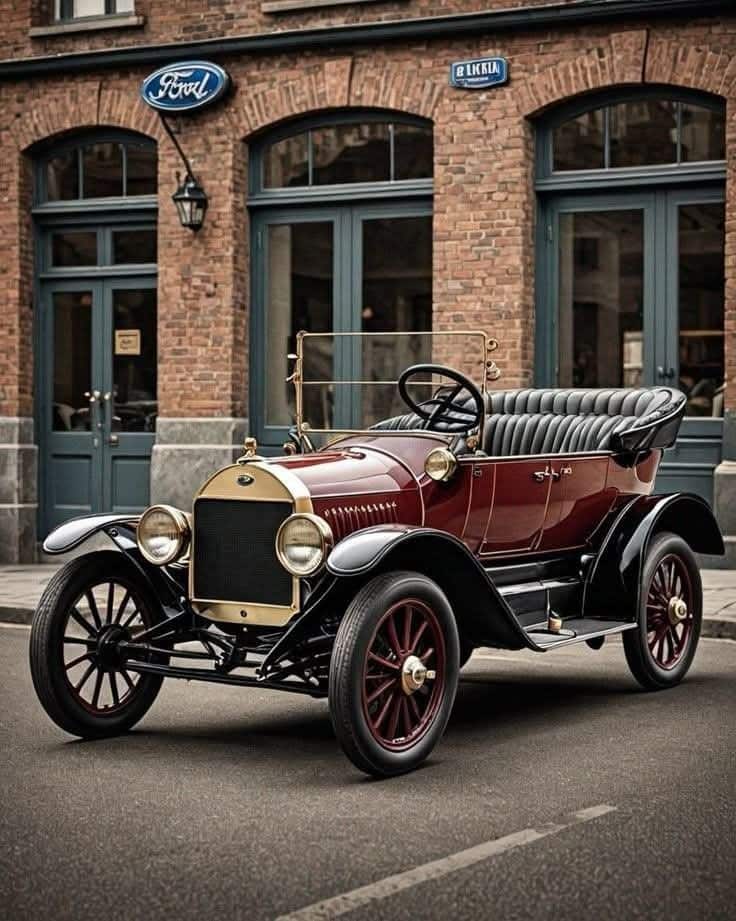
In the early days, sports cars were often stripped-down versions of road cars, focused purely on mechanical performance. Aerodynamics were rudimentary, and styling was secondary to function. Think of cars from the 1920s and 30s – often open-top, long-hooded machines with exposed wheels. Their beauty lay in their mechanical honesty.
Mid-Century Marvels: Curves and Chrome

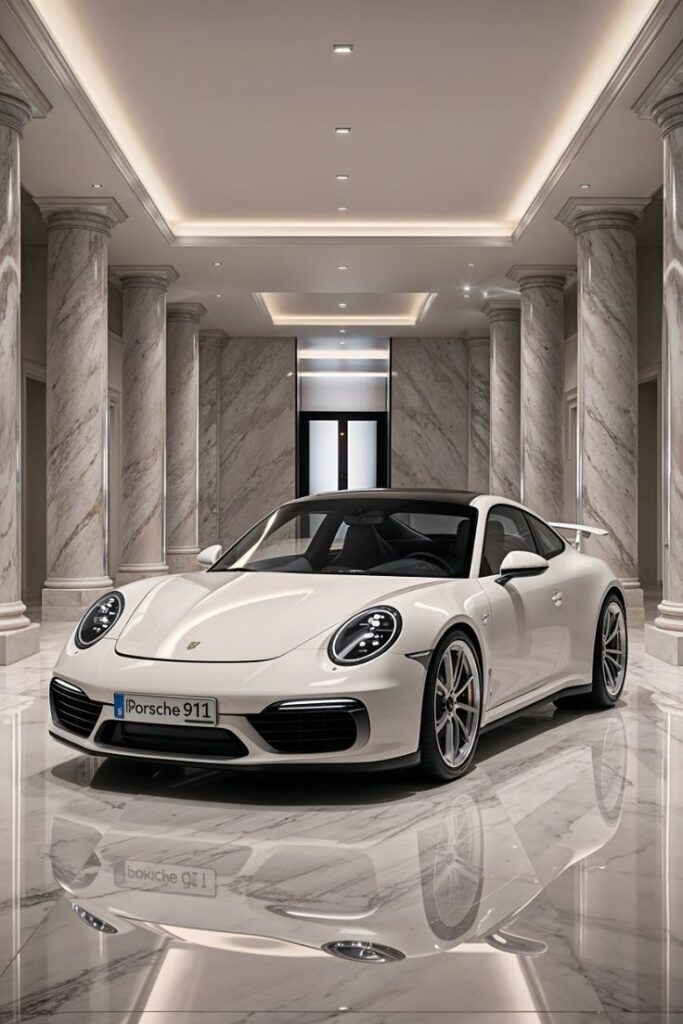

Post-WWII saw a boom in automotive design, and sports cars embraced more flowing, organic shapes. The 1950s and 60s brought iconic designs with sensuous curves, elegant chrome accents, and distinct personality. This era gave us legends like the Jaguar E-Type, the Mercedes-Benz 300SL “Gullwing,” and the early Porsche 911 – cars whose designs are still celebrated today. Form started to truly merge with function in a beautiful way.
The Modern Era: Digital Design and Supercar Wars


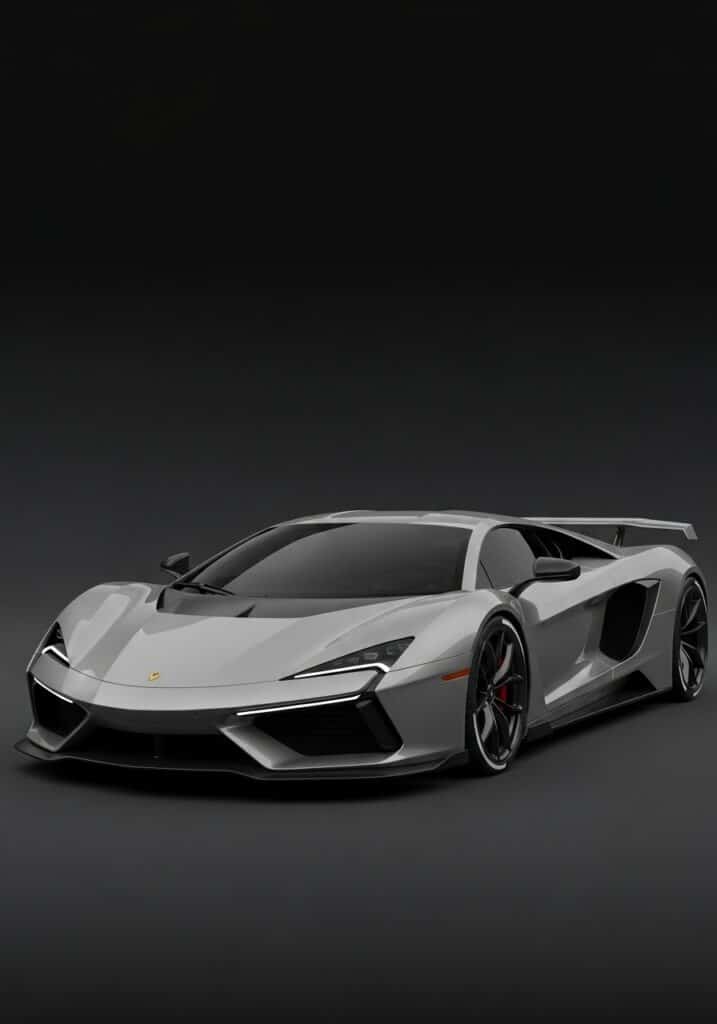
The late 20th and early 21st centuries ushered in an era of computer-aided design (CAD) and computational fluid dynamics (CFD). This allowed designers to explore more complex shapes, optimize aerodynamics with unprecedented precision, and integrate advanced safety features without compromising aesthetics. We saw the rise of the supercar, pushing boundaries with aggressive, often angular designs that screamed speed and technology. Hypercars further amplified this, blending extreme performance with avant-garde aesthetics. This is where you see the intricate details and bold statements becoming standard.
The Future: Electric, Autonomous, and Still Thrilling

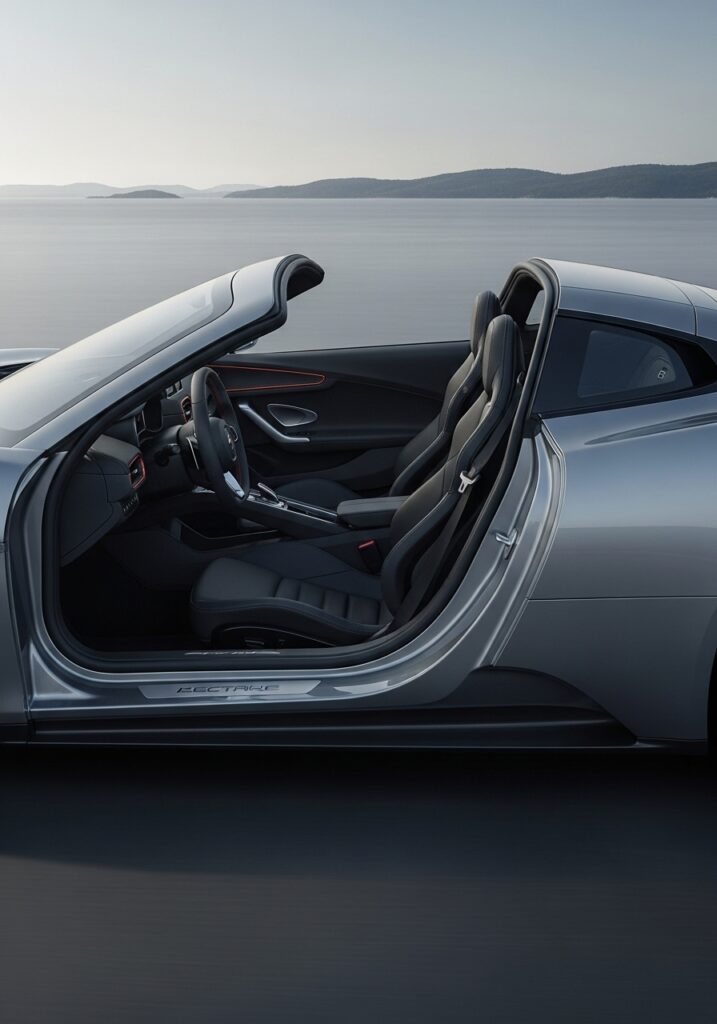
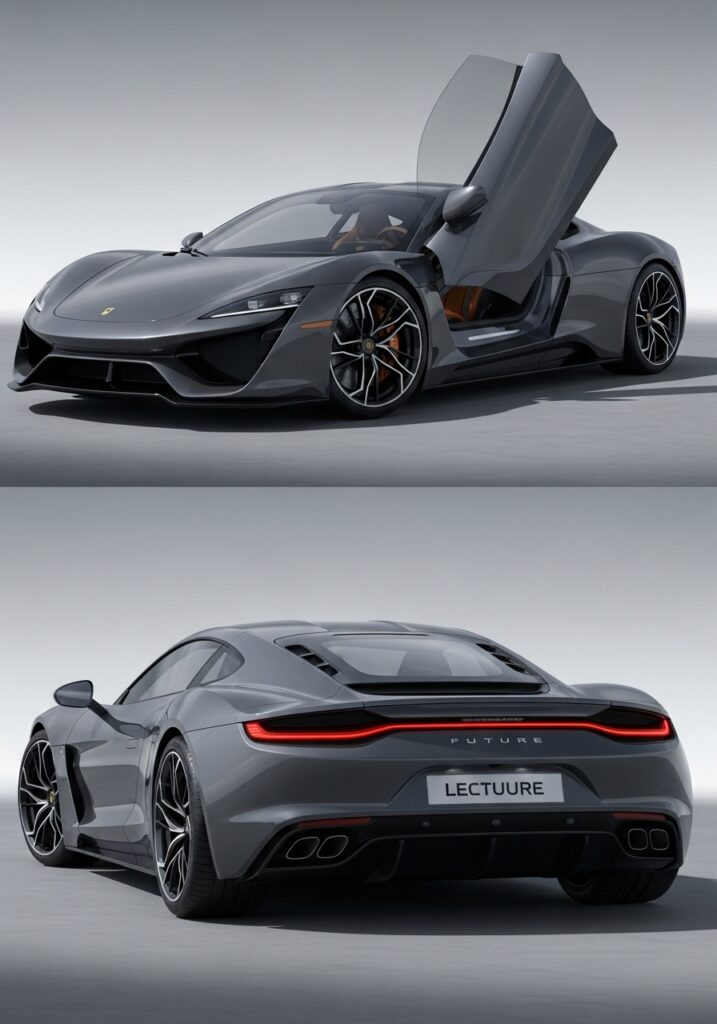
The future of sports car design is fascinating. With electric powertrains, designers are freed from the traditional constraints of engine placement and exhaust systems. This opens up new possibilities for radical proportions and interior layouts. As autonomous driving technology advances, we might see shifts towards more adaptable interiors or even cars that transform for different driving modes. However, the core essence – the thrill, the connection, the passion – will undoubtedly remain, challenging designers to innovate while respecting the heritage.
The Design Process: From Sketch to Street
Bringing a sports car from a wild idea to a roaring reality is an incredibly complex journey, involving hundreds of people and years of dedication. It’s a blend of artistic flair and scientific rigor.
Conceptualization and Sketching: The First Spark
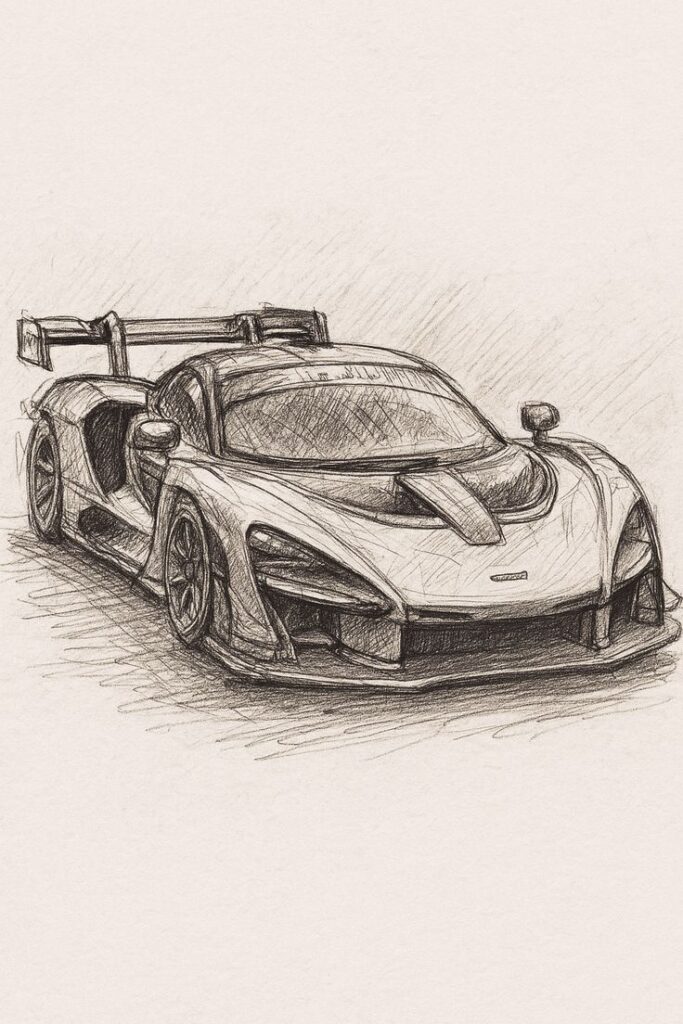
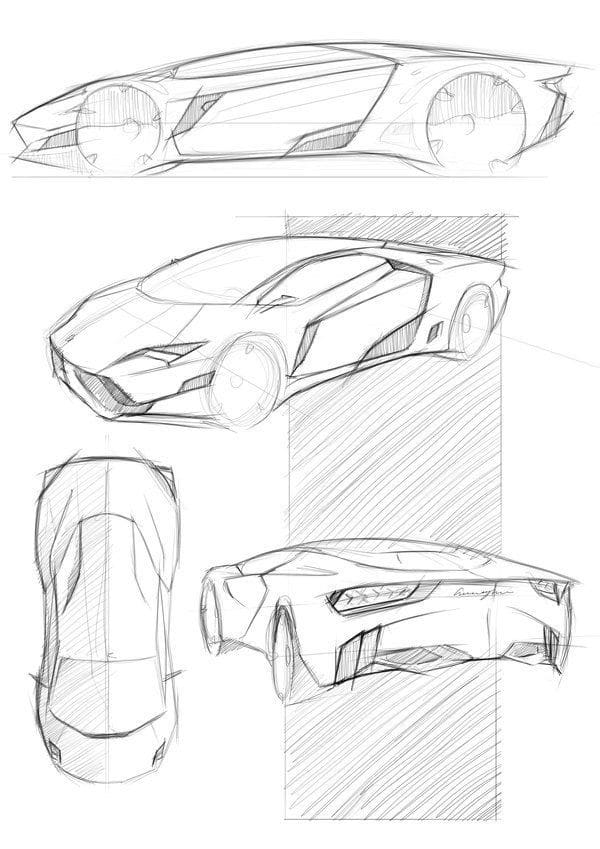
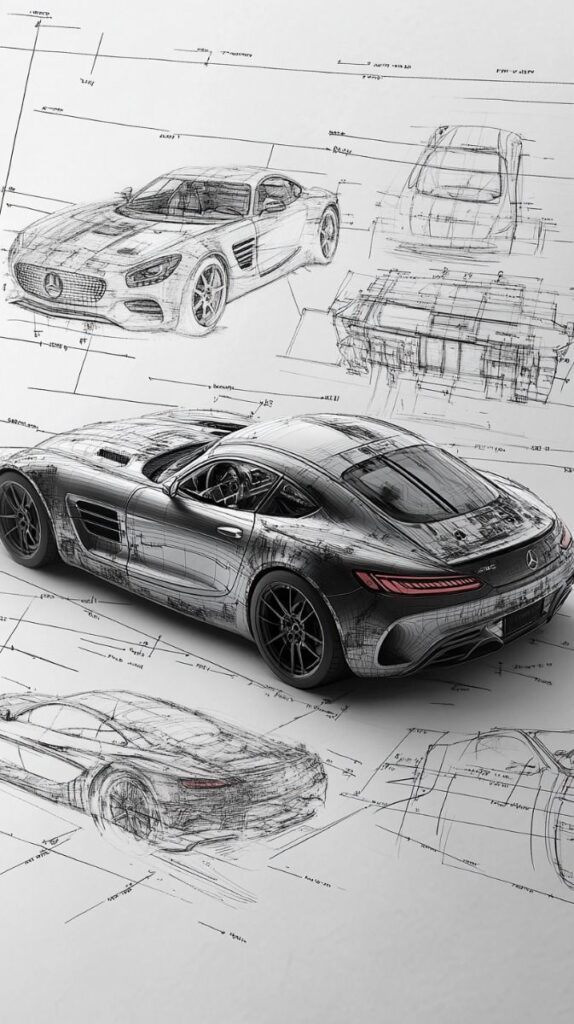
Every great design starts with an idea, often a rough sketch on paper. Automotive designers, much like artists, use their skills to capture the initial vision. They create countless drawings, exploring different lines, proportions, and themes. This early stage is all about creativity and freedom, pushing boundaries without immediate engineering constraints. If you’re someone who loves to put ideas to paper, exploring 10 minimalist drawing ideas to spark your creativity could be a great starting point, even for abstract concepts before moving to concrete automotive forms. This foundational drawing skill is critical.
Digital Modeling and Simulation: Virtual Perfection
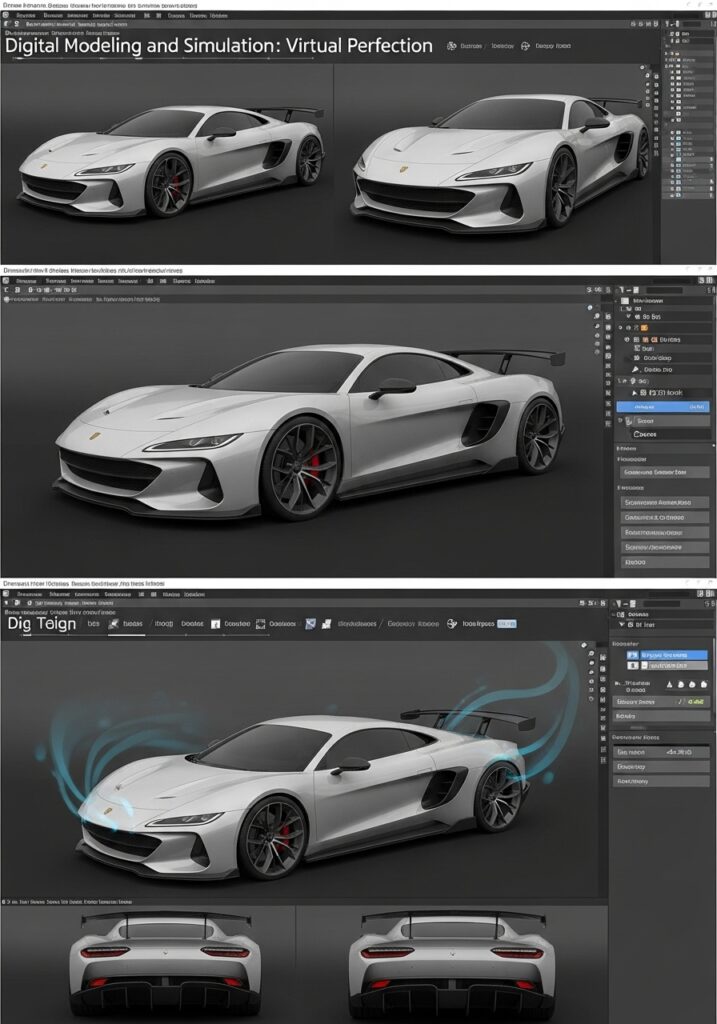
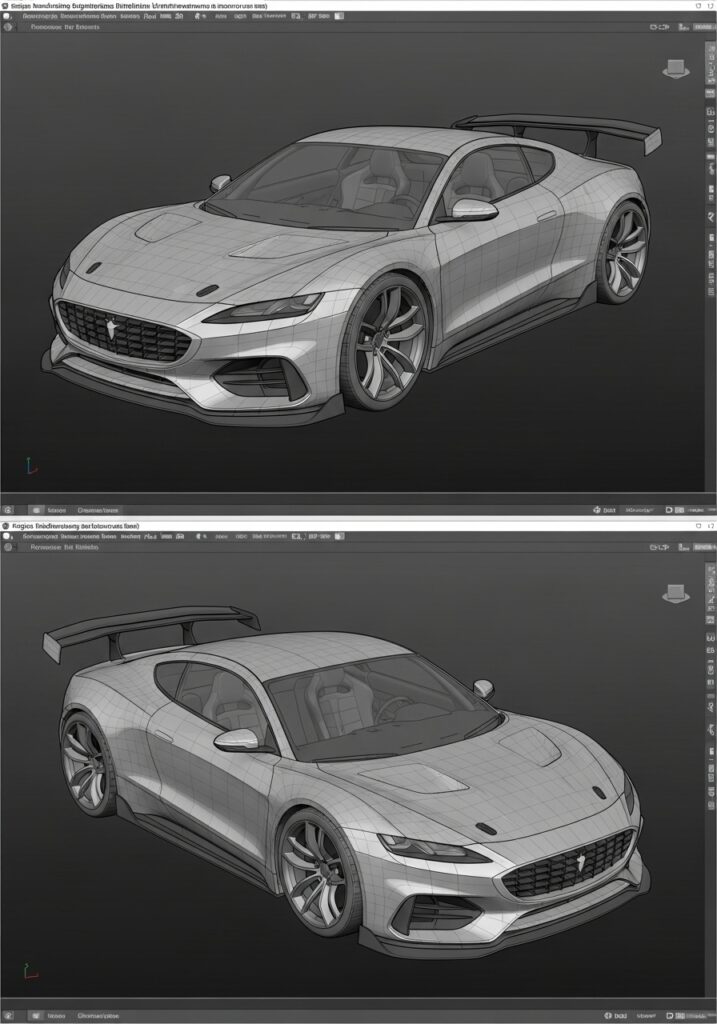
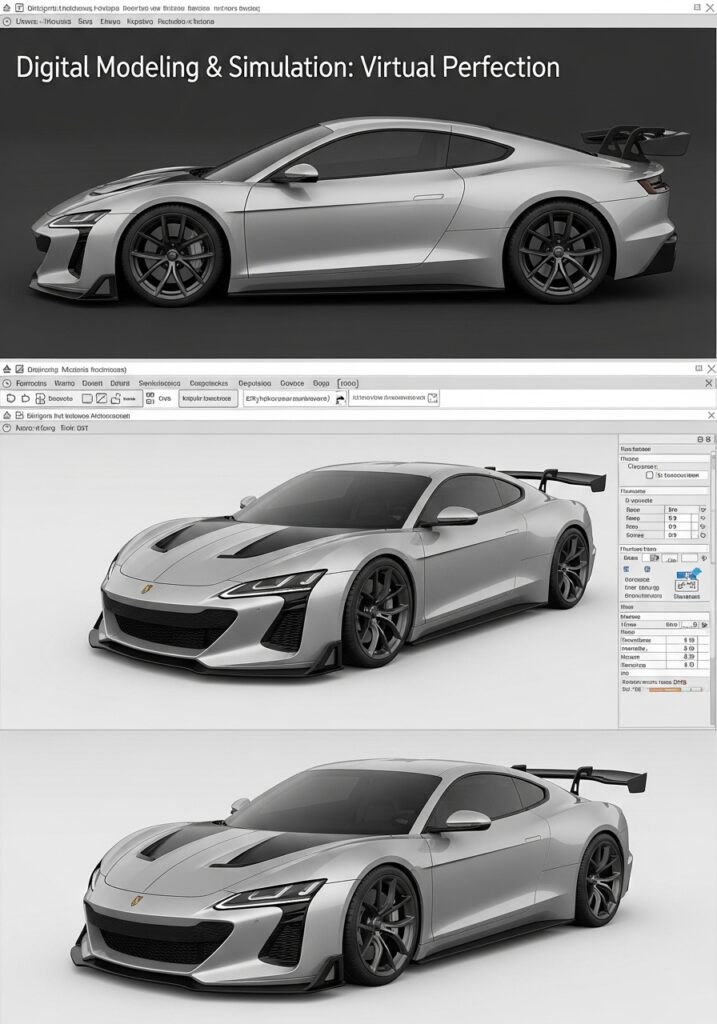
Once a few compelling sketches emerge, they are translated into 3D digital models. Using powerful software, designers can refine shapes, experiment with surfacing, and instantly visualize the car from any angle. Digital models are also crucial for running aerodynamic simulations (CFD) to optimize airflow, identify drag points, and predict downforce. This iterative process allows for rapid prototyping and refinement in the virtual world.
Clay Models: Bringing Ideas to Life
Despite all the digital advancements, nothing beats the tangible feel of a full-size clay model. Automotive studios carve out incredibly detailed clay sculptures, allowing designers to physically interact with the form, adjust curves by hand, and assess reflections and light play in the real world. This is where subtle nuances are perfected, and the car’s presence truly begins to emerge. It’s an expensive and time-consuming step, but invaluable for judging the true aesthetic impact.
Engineering Integration: Making it Driveable
As the design solidifies, engineers step in to ensure that the beautiful form can actually function. This involves packaging the engine, transmission, suspension, and all other components within the designer’s vision. It’s a constant back-and-forth between design and engineering, often requiring compromises but always aiming for the optimal balance of aesthetics and performance. This is where the magic happens – turning a sculpture into a functional, high-performance machine. The skill involved in rendering the perfect sports car can be appreciated by anyone who has tried their hand at automotive drawings.
Testing and Refinement: The Grind to Glory
The journey doesn’t end when the first prototype is built. Extensive testing follows, both on test tracks and in wind tunnels. Every aspect, from handling dynamics to cooling efficiency and ergonomic comfort, is rigorously evaluated. Feedback from engineers and test drivers leads to further refinements, often pushing the design team to make subtle tweaks that can have a significant impact on performance and driver satisfaction.
Iconic Design Elements and Their Impact
Certain elements consistently appear in sports car design, evolving over time but always serving a dual purpose: aesthetics and functionality.
The Grille: A Car’s Face
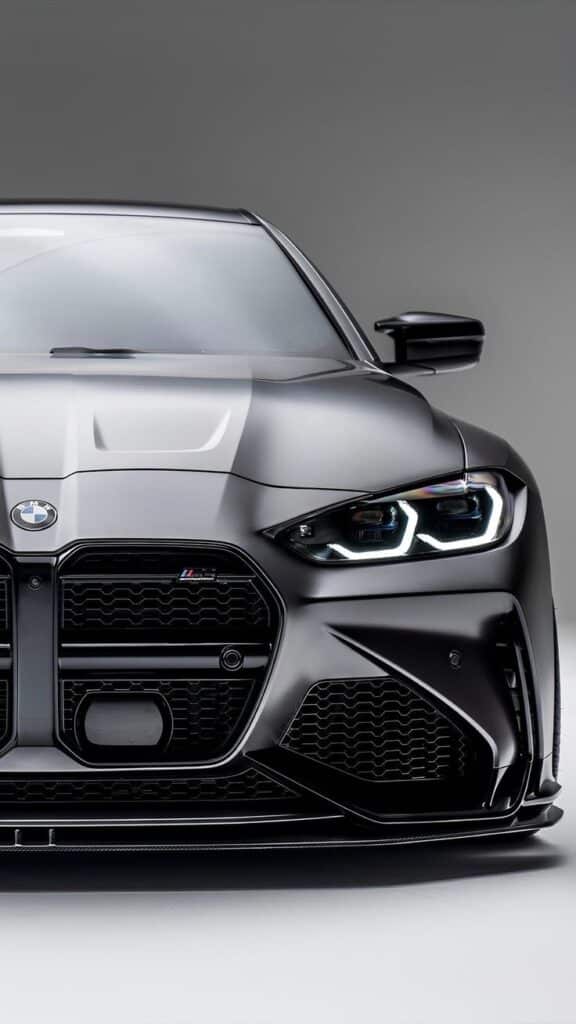
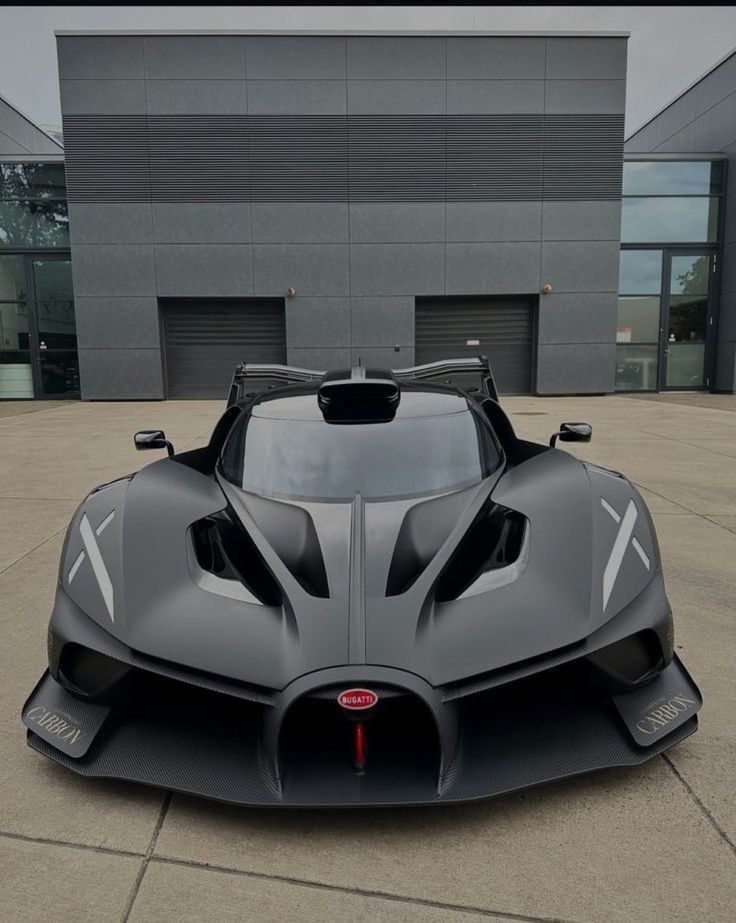
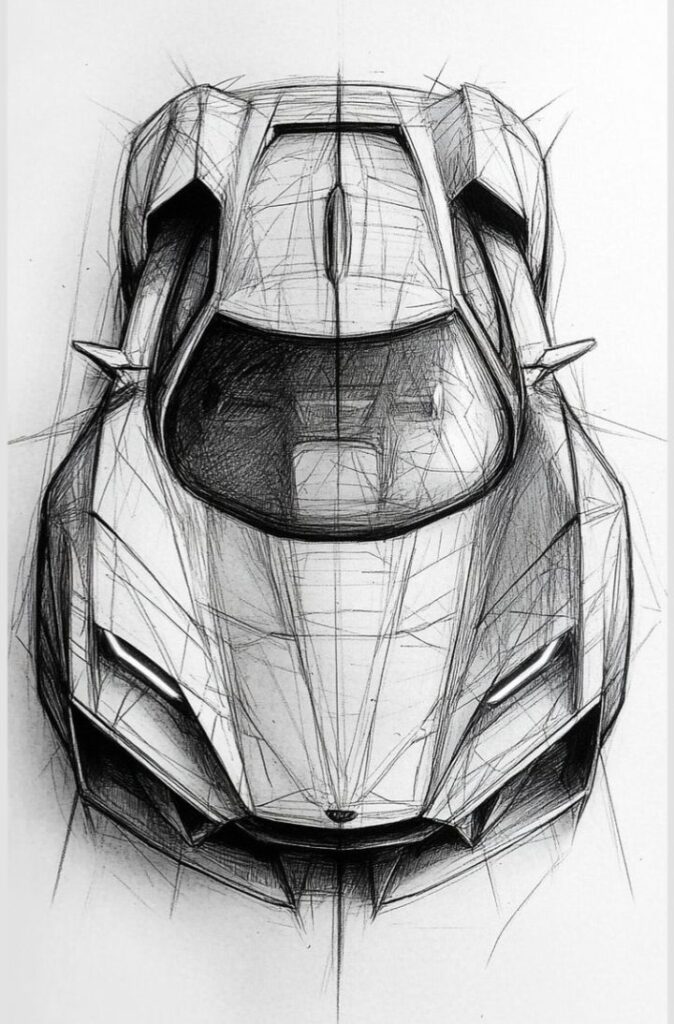
The front grille is arguably the most recognizable part of a car’s face. In sports cars, it’s often large and aggressive, not just for brand identity but also to feed massive amounts of air to the engine and radiators. Think of Ferrari’s iconic smile or Lamborghini’s intimidating angular intakes – they communicate power and intent.
Headlights and Taillights: Automotive Jewelry


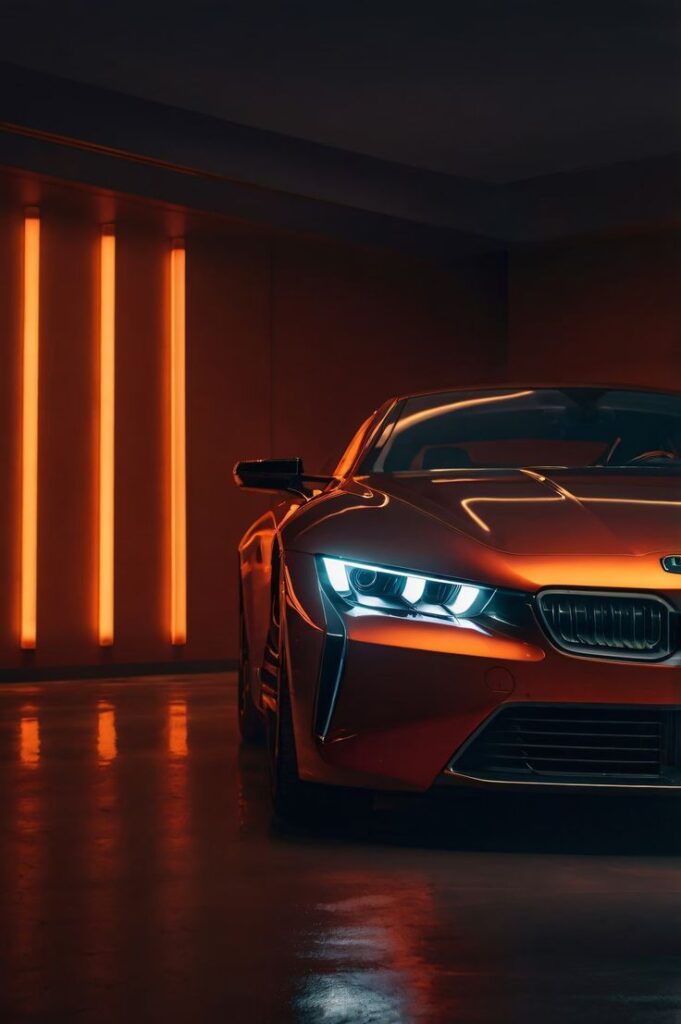
Modern lighting technology has transformed headlights and taillights from simple illumination devices into intricate design statements. LEDs allow for slender, sharply defined light signatures that add character and a futuristic edge. They become literal automotive jewelry, instantly recognizable even in the dark.
Side Profiles and Character Lines: Defining the Flow
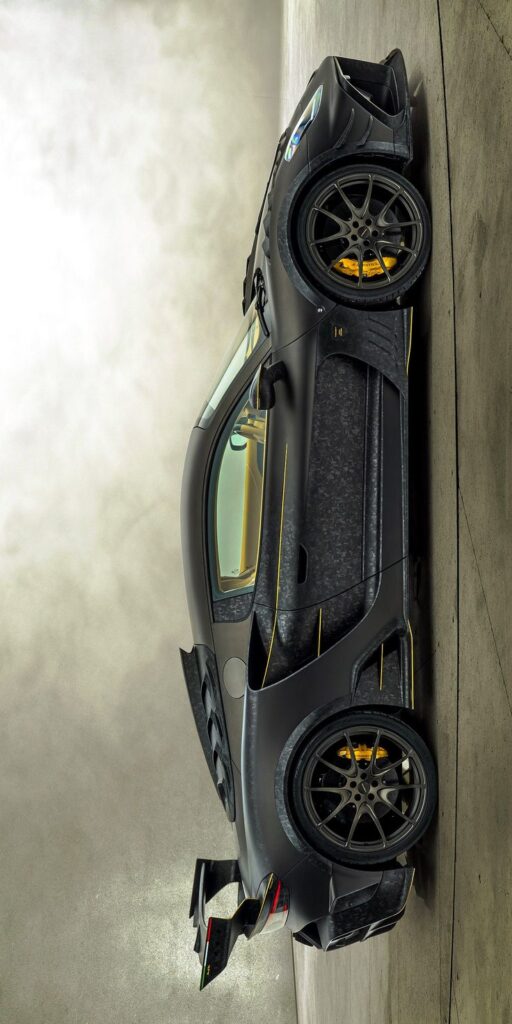
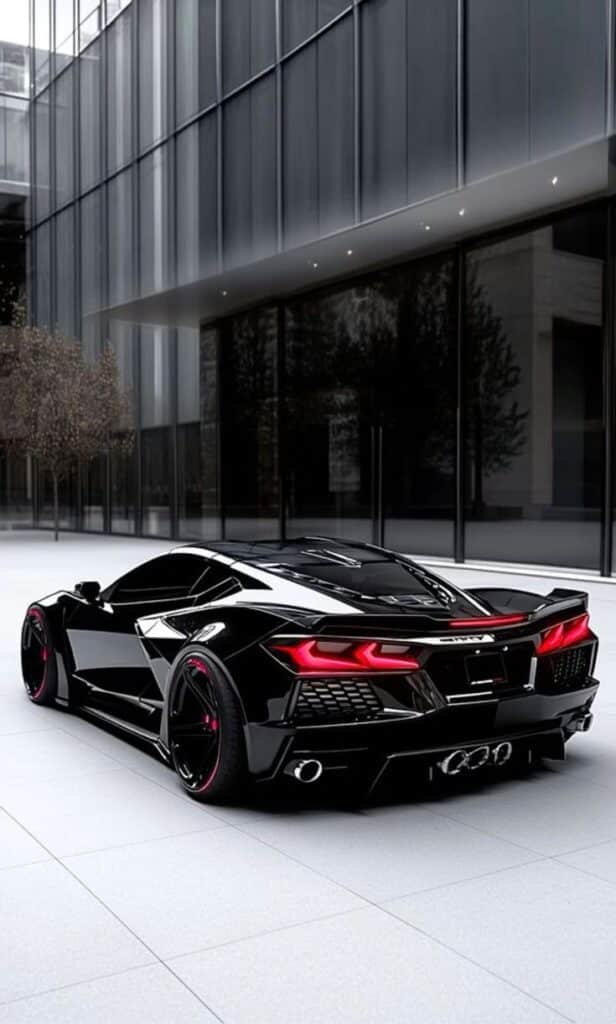

The side profile is where a sports car truly expresses its identity. The arc of the roofline, the rise and fall of the fender lines, and the crisp “character lines” that run along the body all contribute to the car’s sense of movement and athleticism. These lines aren’t arbitrary; they often guide airflow or emphasize key structural elements.
Wheels and Tires: Function Meets Flair
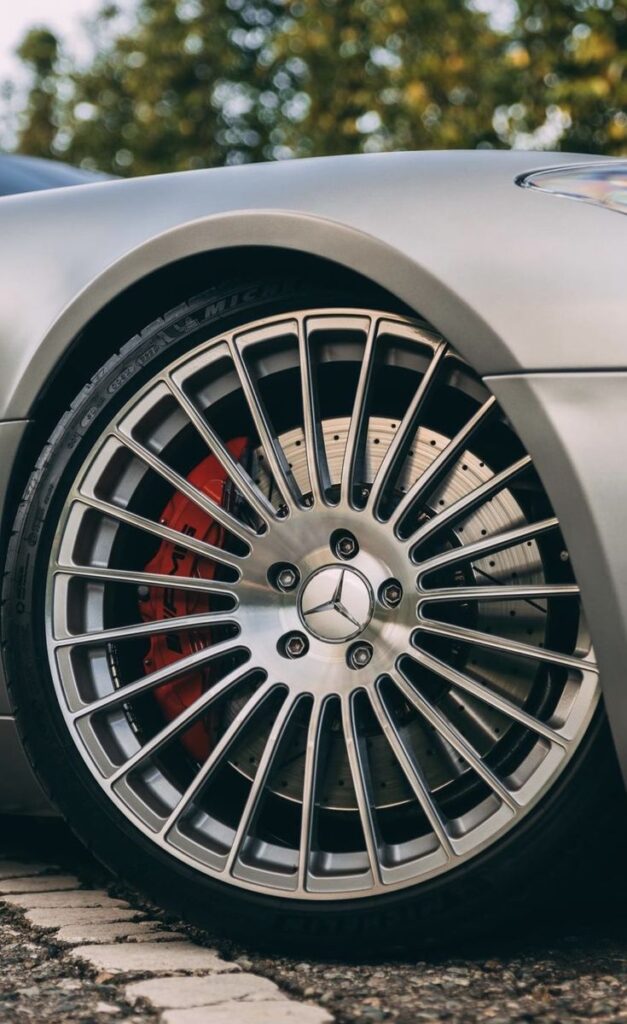
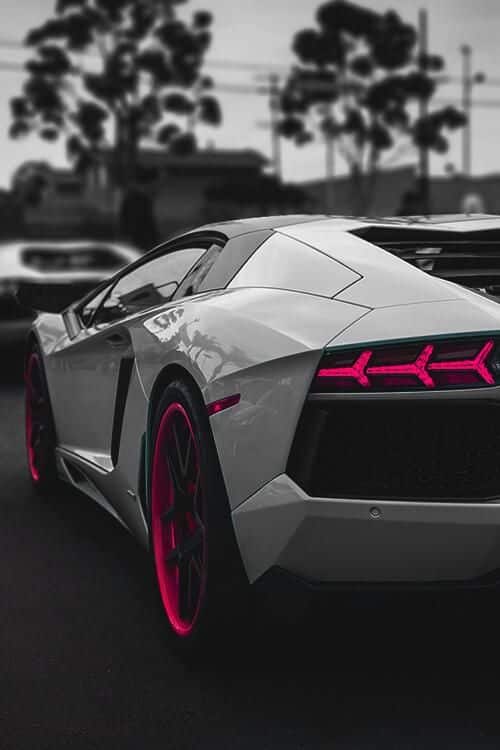
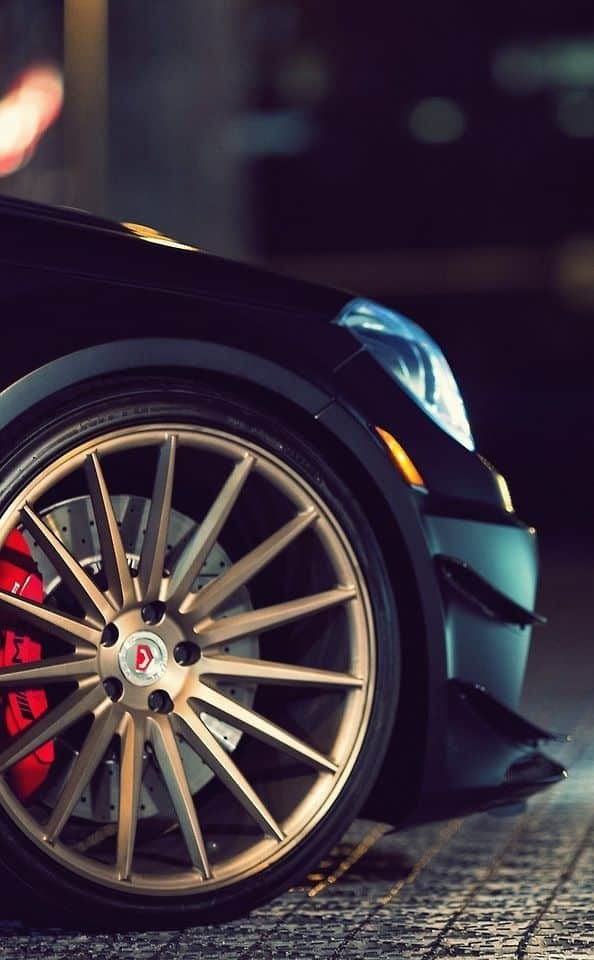
Wheels are like a car’s sneakers – they communicate style, performance, and attitude. In sports cars, they are typically large, lightweight, and intricately designed to optimize brake cooling and minimize unsprung weight. The design of the spokes, the finish, and the massive, low-profile tires are all critical components of the overall aesthetic. Sometimes, even playful exploration of cartoon car drawing ideas can highlight how essential wheels are to a vehicle’s character, even in simplified forms.
The Interior Cockpit: A Driver’s Sanctuary
As mentioned, the interior is where the driver connects with the machine. Beyond supportive seats and intuitive controls, the materials, the layout of the dashboard, the digital displays, and even the subtle ambient lighting create an environment that enhances the driving experience. It’s a space crafted for focus and exhilaration.
The Role of Brand Identity in Sports Car Design
Each sports car brand has a distinct design language, a visual vocabulary that makes its creations instantly recognizable. This isn’t accidental; it’s cultivated over decades and deeply ingrained in their DNA.
Porsche: Functional Elegance



Porsche’s design philosophy is an unwavering commitment to “form follows function.” Their cars, especially the 911, have maintained an evolutionary design rather than revolutionary, making subtle refinements over decades. The iconic sloping roofline, the distinct headlight shape, and a sense of understated power are hallmarks. Every line, every curve, serves a purpose in enhancing performance, resulting in an elegant yet brutally effective aesthetic.
Ferrari: Passion and Performance
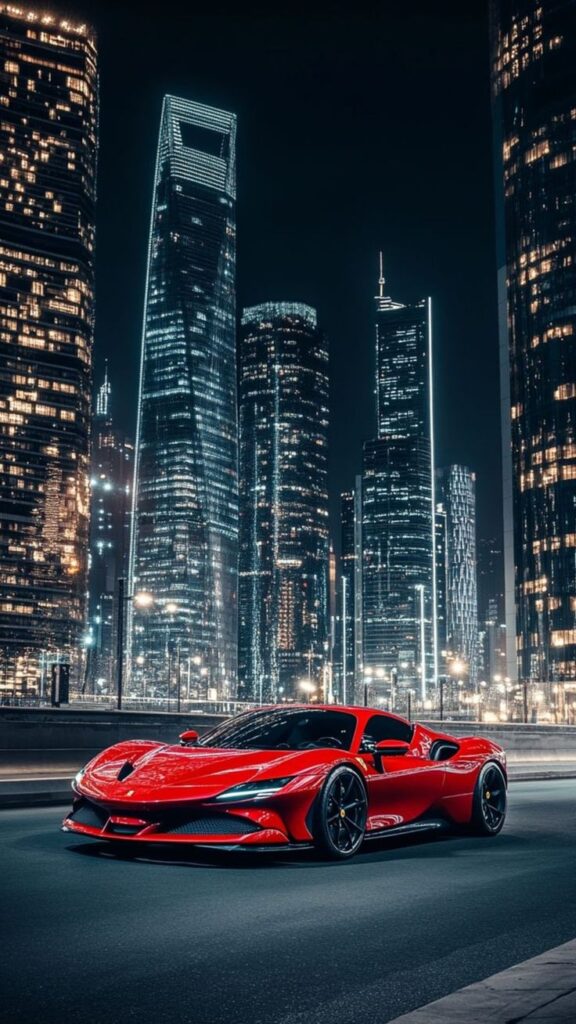


Ferrari embodies passion. Their designs are often more dramatic, sensuous, and overtly emotional. Flowing lines, aggressive air intakes, and a vibrant color palette (especially Rosso Corsa) define the brand. Ferrari designs aim to evoke the raw excitement and theatricality of Italian performance, with a strong emphasis on aerodynamics that also looks incredibly beautiful.
Lamborghini: Aggression and Theatricality



Lamborghini cars are pure visual drama. Characterized by sharp angles, wedge shapes, and outrageous proportions, they are designed to shock and awe. Every Lamborghini is a statement, a sculpture of aggression and power. They push boundaries with bold, futuristic designs that are unmistakable and unapologetically over-the-top, appealing to those who want to stand out.
McLaren: Scientific Speed


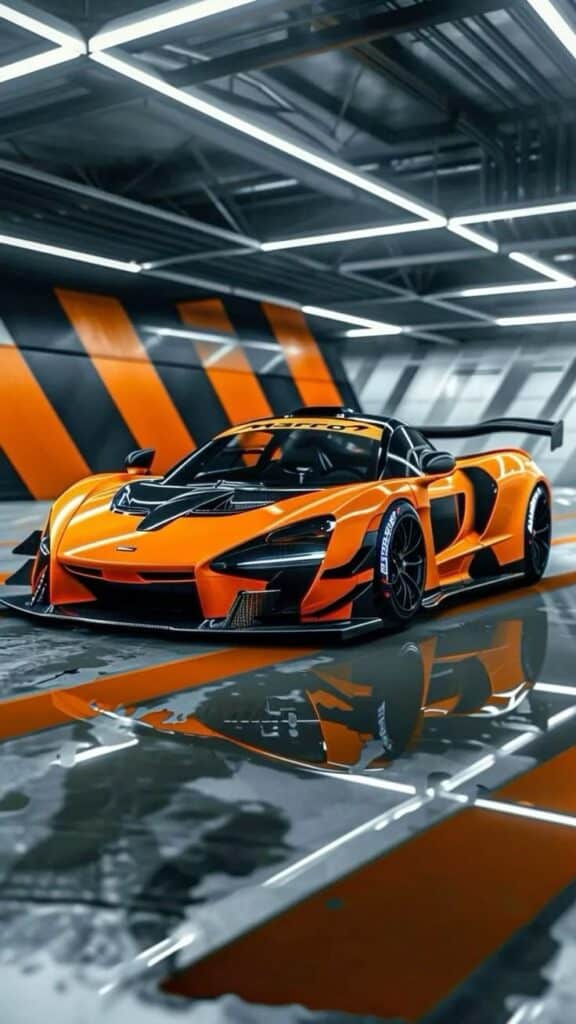
McLaren’s design is heavily influenced by their Formula 1 heritage. Their cars are often described as surgical, prioritizing aerodynamic efficiency and lightweight construction above all else. This results in incredibly sleek, purposeful, and often minimalist designs where every curve and vent is precisely engineered for performance. They offer a more clinical, high-tech aesthetic, focusing on raw, unadulterated speed and precision.
Customization and Personalization: Making It Yours
While sports cars come from the factory as masterpieces, many enthusiasts enjoy putting their own stamp on them. The desire to personalize your ride is a powerful one, and the world of sports car design extends far beyond the showroom floor.
Aftermarket Aesthetics
The aftermarket industry thrives on customization. Owners can choose from a vast array of wheels, aerodynamic kits, exhaust systems, and interior upgrades to truly make their sports car unique. From subtle enhancements to wild, head-turning modifications, the possibilities are endless. This allows individuals to express their personal style and further optimize their vehicle’s appearance and performance. For more specific ideas, exploring various car customization ideas can provide inspiration for tailoring a vehicle to personal tastes.
Bespoke Options from the Factory
Many high-end sports car manufacturers offer extensive personalization programs. These bespoke services allow customers to select unique paint colors, interior leathers, stitching patterns, carbon fiber finishes, and even tailor specific components to their exact preferences. This takes customization to an entirely new level, ensuring that each vehicle is a truly one-of-a-kind creation, crafted to the owner’s exact specifications. It’s the ultimate expression of individuality for an enthusiast.
Conclusion
The world of sports car design is a mesmerizing blend of artistic vision, engineering brilliance, and pure, unadulterated passion. It’s a realm where every line tells a story, every curve serves a purpose, and every detail contributes to an exhilarating experience. From the initial spark of an idea on a sketchpad to the roar of a finished engine on the tarmac, the journey is one of relentless innovation and an unwavering pursuit of perfection.
These aren’t just vehicles; they are rolling sculptures, technological marvels, and symbols of human ingenuity. They capture the imagination, stir the soul, and represent the pinnacle of automotive design. Understanding the principles, the history, and the intricate process behind these incredible machines only deepens our appreciation for them. So, the next time you see a sports car glide by, take a moment. Look closer. Appreciate the intentionality, the artistry, and the engineering prowess that went into unleashing that inner enthusiast – both in the car itself, and in you. What’s your favorite sports car design, and what aspects of it speak to you the most? Share your thoughts and let’s celebrate these magnificent machines together!
- 29shares
- Facebook0
- Pinterest29
- Twitter0
